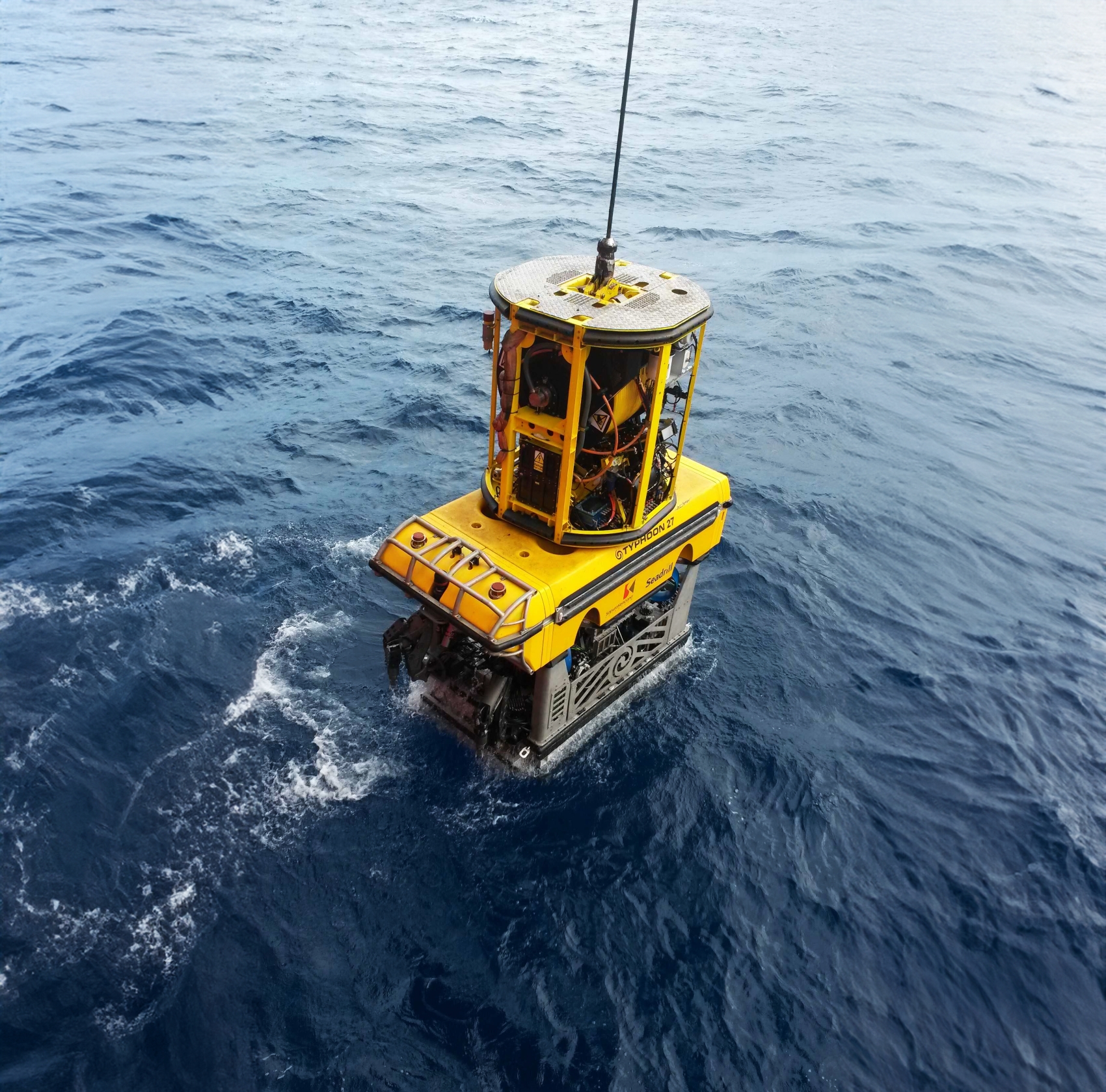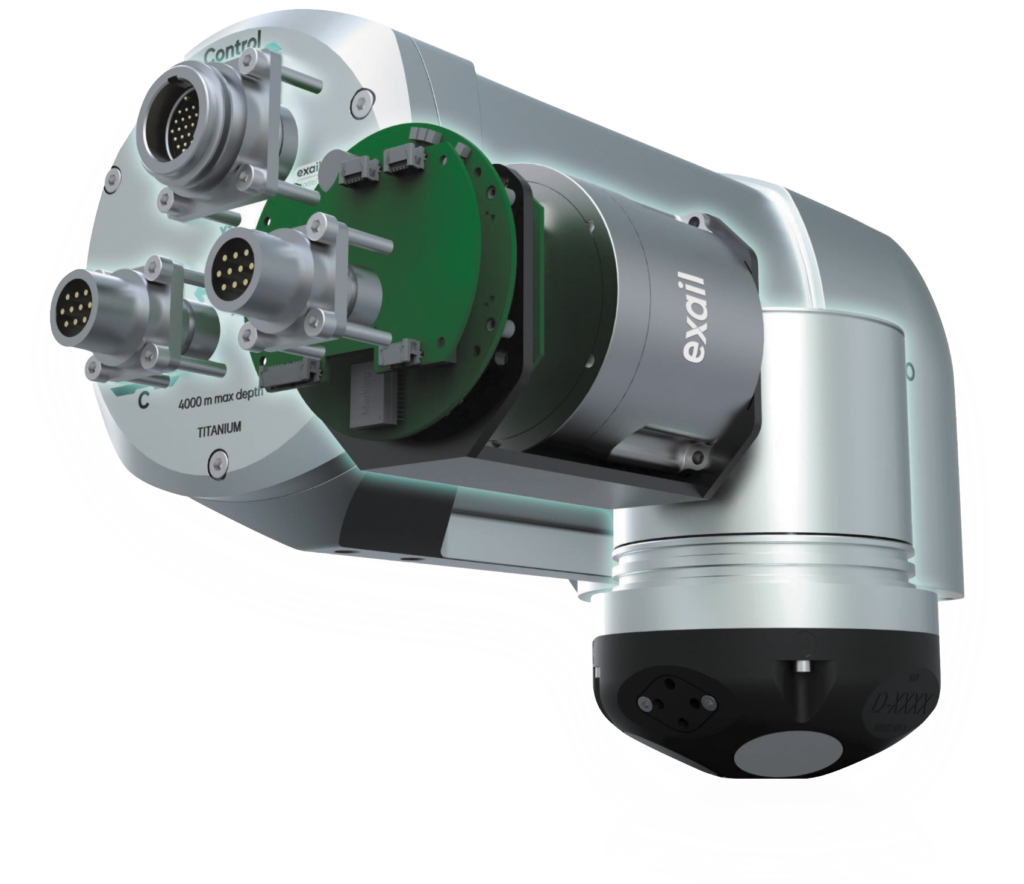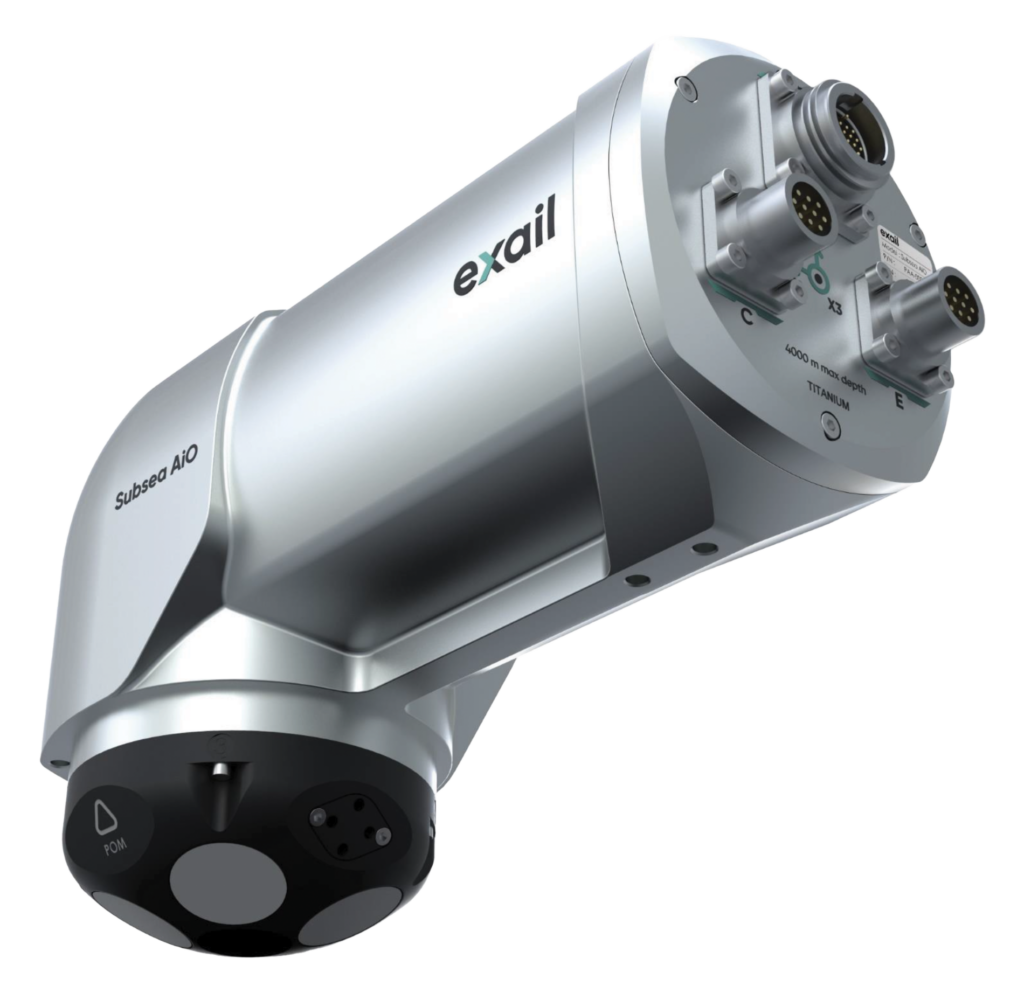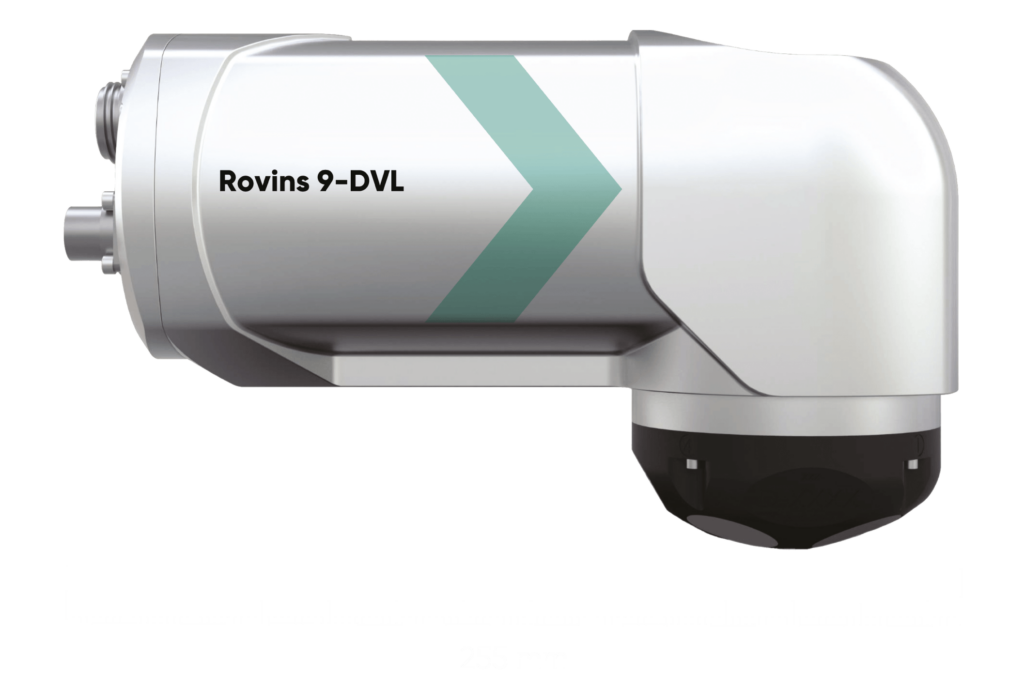- Maritime
Unlocking the potential of subsea resident ROVs with cutting-edge INS/DVL technology


Traditional Remotely Operated Vehicles (ROVs) have long been used for underwater tasks, connected to surface vessels through umbilical. However, the limitations imposed by tethered systems prompted the development of subsea resident ROVs (R-ROVs). These autonomous vehicles can remain deployed on the seabed, ensuring a continuous presence and swift response to subsea infrastructure needs. In recent years, subsea resident ROVs have seen increased use in underwater inspection, providing a unique solution for continuous monitoring, inspection, and maintenance of subsea infrastructure. To unlock their full potential, high-performance equipment, particularly advanced navigation sensors, are crucial. The Rovins 9-DVL from Exail, an all-in-one INS/DVL system, stands out as a leading solution, integrating the latest navigation technology for optimal performance.
Transforming underwater operations with subsea resident ROVs
In today’s underwater inspection landscape, subsea resident ROVs are revolutionizing operations by addressing operator challenges effectively. Remaining stationed on the seabed for extended periods, R-ROVs facilitate real-time monitoring, immediate event response, and prolonged data collection without constant deployment and retrieval needs. This capability allows operators to conduct continuous surveillance missions and gather data over extended periods, proving invaluable in oceanographic research and subsea pipeline monitoring.
Their autonomous capabilities and adaptability reduce vessel days, minimizing carbon footprints and mobilizations associated with frequent movements. Overall, this contributes to cost reduction and operational efficiency, enhancing underwater operations across diverse applications, from offshore platform maintenance to subsea infrastructure inspections and environmental monitoring.
Enhancing swift response through navigation precision
R-ROVs rely on precise underwater navigation for swift interventions, allowing prompt responses and timely inspections. Equipping R-ROVs with high-performance navigation systems is crucial, and Exail’s Rovins 9-DVL excels in this regard. Integrating a Fiber-Optic Gyroscope (FOG)-based Inertial Navigation System (INS) and a Nortek Doppler Velocity Log (DVL), it efficiently meets R-ROVs’ objectives for rapid intervention and effective task execution.

With a heading accuracy of 0.04° (deg secant latitude RMS), the Rovins 9-DVL significantly enhances navigation precision, offering unparalleled positioning and navigation capabilities. The direct coupling of INS and DVL facilitates real-time data fusion, providing operators with instantaneous and accurate data for continuous adjustments to the R-ROV’s route. This enables R-ROVs to follow a direct and precise path to target locations, minimizing diversions. “Combining INS and DVL measurements significantly enhances navigation precision compared to using either system alone. The system’s satellite connectors enable seamless integration with external sensors, such as pressure or sound velocity sensors, ensuring comprehensive data collection for even greater accuracy,” explains Maxime Le Roy, Product Manager at Exail.
Tailored for rapid deployment, the Rovins 9-DVL is pre-calibrated and plug-and-play, eliminating the need for on-the-field calibration and ensuring seamless integration into vehicles. With self-alignment in motion, it guarantees the R-ROV’s readiness for immediate deployment, essential in critical situations requiring quick action, such as risk mitigation, or urgent underwater assessments.
Powering smooth operations in harsh environments
To execute missions such as inspecting underwater infrastructures or collecting samples in areas inaccessible to human divers, R-ROVs may be deployed at considerable depths and in challenging conditions. Navigating underwater currents and topographies poses significant challenges to maintaining precision during inspections.
The Rovins 9-DVL, highly resistant to high pressure with its robust titanium housing and operational down to 6,000 meters, proves highly effective for meeting R-ROVs’ navigation precision needs in harsh environments. Its capability to reduce drift over time and compensate for external disturbances ensures accurate positioning even in dynamic underwater conditions.

With a bottom range detection capability of up to 175 meters and a frequency of 500 kHz, the integrated DVL can operate at higher levels in the water column and closer to the seabed (up to 0.3 meters) compared to similar equipment. This capability enables R-ROVs to maintain optimal control even in areas with complex or irregular seafloor conditions, crucial for ensuring stability and safety, avoiding collisions, and conducting thorough inspections.
Maximizing R-ROVs autonomous capabilities
The Rovins 9-DVL represents a pivotal solution to address the imperative need for autonomous capabilities in R-ROVs. As these vehicles are specifically designed to endure extended periods stationed on the seabed, ranging from weeks to months, the demand for autonomous functionalities becomes paramount. The Rovins 9-DVL not only meets but exceeds these expectations by operating on low power consumption (<18 W), providing a strategic advantage for R-ROV operators striving to conserve energy resources without compromising on essential data processing power. By leveraging Exail solid-state FOG technology, it ensures seamless operations and reduces maintenance requirements, thus enhancing overall efficiency. Its compact, lightweight, and versatile design simplifies integration into all subsea platforms, requiring fewer cables for installation.

In conclusion, the rapid growth of underwater exploration in residential areas, driven by the widespread adoption of ROVs, highlights the crucial role of precise navigation. Advanced navigation sensors, as showcased by the Exail all-in-one Rovins 9-DVL, are unlocking the full potential of subsea resident ROVs, significantly enhancing the accuracy and dependability of residential ROV monitoring. These advancements go beyond mere technological enhancements; they are fundamental drivers in the evolution of underwater exploration and intervention capabilities, promising a future where autonomy and precision redefine the possibilities of subsea operations.


